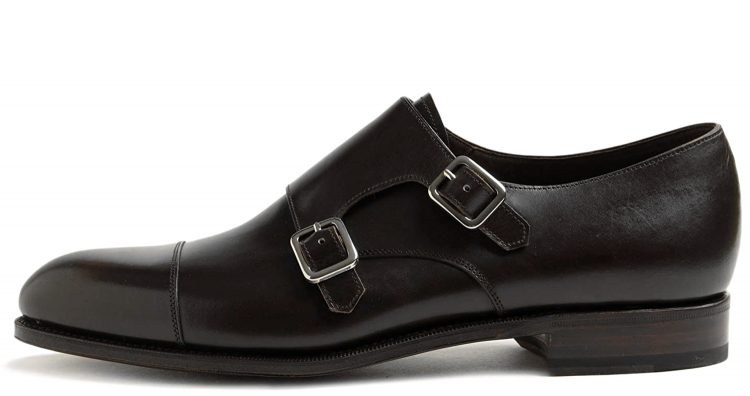
Suponsered by
Pursuing quality better than English shoes! An introduction to the manufacturing process of Carmina Shoes
Carmina’s leather shoes are based on the traditional English Goodyear Welt method, and the strict manufacturing process ensures quality comparable to authentic English shoes. There are 11 major processes required to complete an exquisite pair of shoes, each of which is managed and produced by skilled craftsmen.
1. Last production
The first process, the production of the last (wooden pattern), is done by hand from a metal mold. An ergonomic approach is taken in pursuit of the best fitting, while taking comfort and aesthetics into consideration.
2. Drawing shoe patterns on lasts by hand
Shoe patterns are drawn directly on the lasts using a pencil. This process, which is now omitted by most manufacturers, is an important part of the manufacturing process at Carmina.
3. Transfer the drawn shoe pattern to paper
The pattern expressed in three dimensions by drawing on the last is transferred to paper. By tracing the pattern to an exact two-dimensional surface, the measurement of the leather cut and lining becomes more precise.
4. Leather selection
Leather materials are carefully selected from the finest ones, and even better quality ones. The brand does not end with the selection, but always keeps them at the same temperature to maintain their freshness until the shoes are finished. Carmina is also known for the quality of its exotic leathers and cordovan leather (horse butt leather), which require exquisite quality control.
Click here for more details and to purchase
5. Cutting of leather by hand
Carmina does not use any machinery for cutting leather. In order to guarantee perfect assembly and stitching, the leather must be cut evenly by hand.
6. Upper sewing
Particular attention is paid to the joining of the upper and lining (lining) during the stitching process. The quality of all parts, including the lining and reinforcements, depends on whether the backstitching is as taut as possible. In Carmina’s workshop, a high level of precision is maintained by sewing with threads made of cotton and acrylic.
Click here for more details and to purchase
7. Acclimatizing the upper to the last
In the process of acclimatizing the sewn upper to the last, the upper is formed exactly to the shape of the last with the help of humid heat. By leaving the shoe in this state for four days, the shoe gains a high degree of durability and retains its shape permanently.
8. Stitching the welt
The stitching of the “welt” that joins the upper to the outsole is Carmina’s proudest achievement. Carmina is most proud of the stitching of the “welt” that connects the upper and outsole. The inside of the shoe will change its shape to that of the wearer’s foot after a few days of use.
9. Attaching the outsole
Once the welt is sewn, the outsole is joined to complete the shape of the leather shoe. After the outsole is attached, the shoes are carefully shaved to prevent cracking while walking and to provide comfortable cushioning.
Click here for more details and to purchase
10. Painting with original wax
Wax is applied to the soles to add visual beauty and improve durability. The wax used for the painting is a special carnauba palm wax. The natural texture of the outsole is another reason why Carmina leather shoes are so popular.
11. Finishing with beeswax and wax
The uppers are polished with beeswax and wax for the final touch. The craftsman carefully finishes the shoe to avoid a monotonous and deliberate sheen and to give it a beautiful multi-toned shine.
Click here for more details and to purchase
3/4GO TO NEXT PAGE
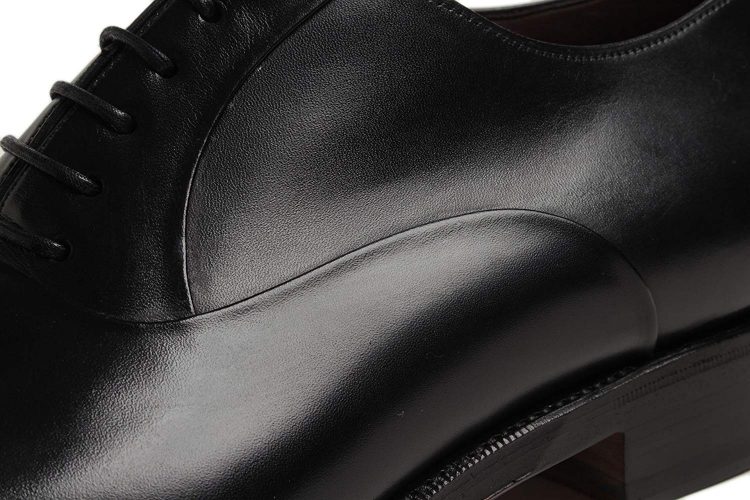
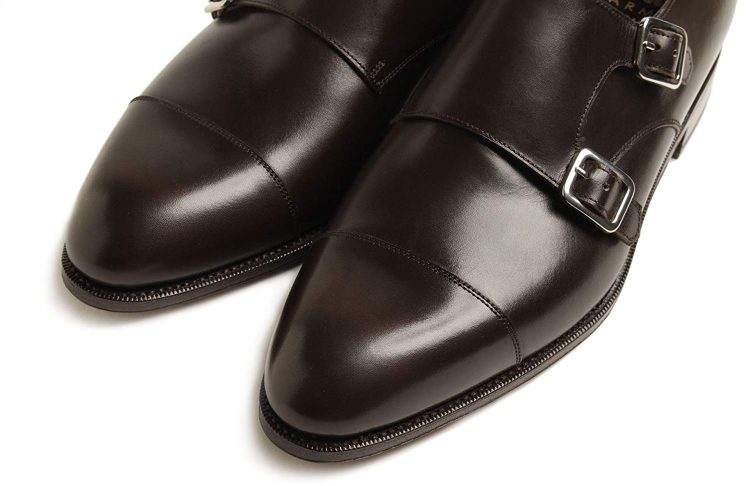
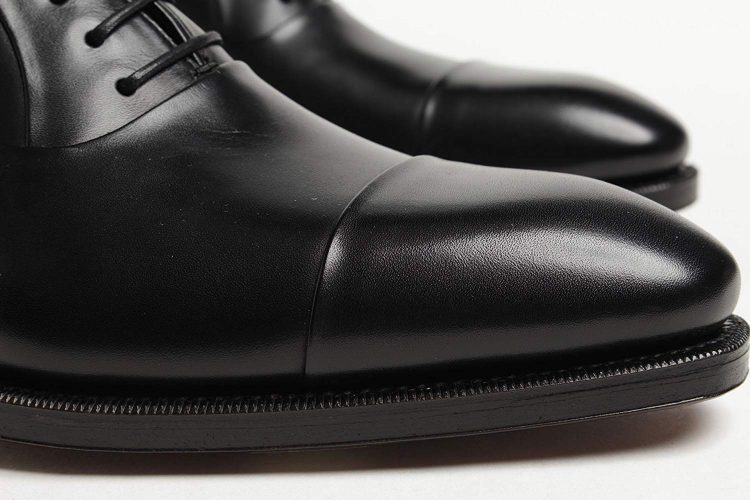

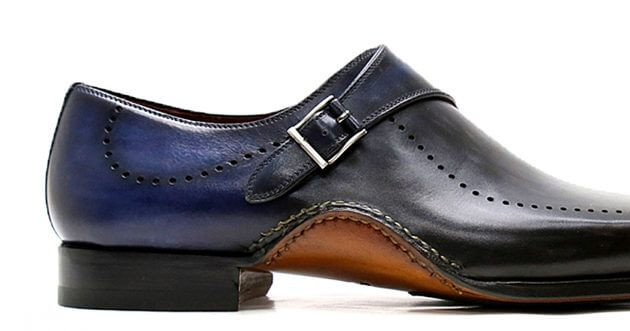
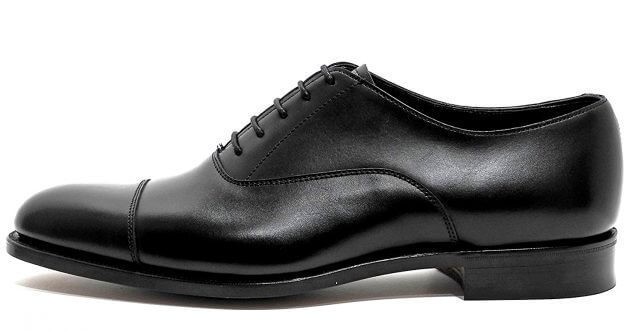
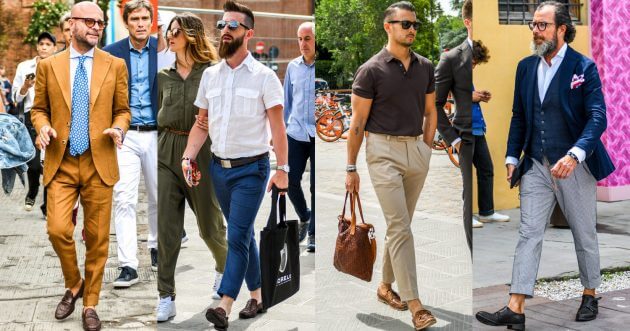
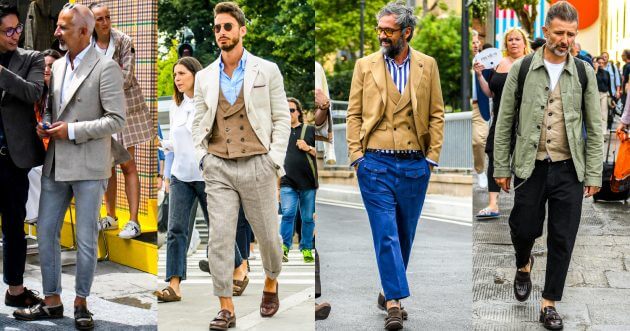
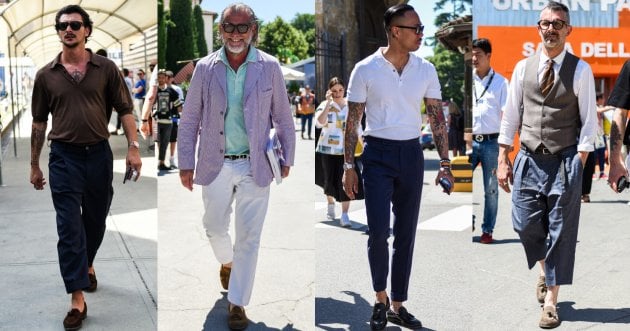
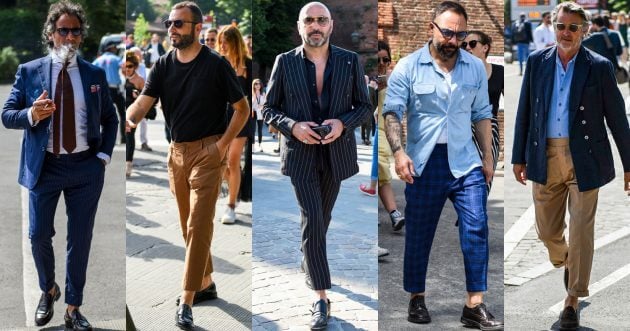
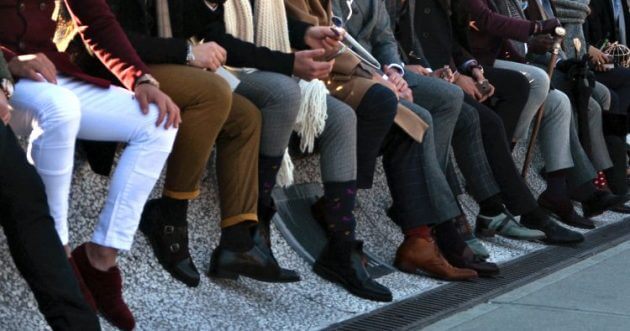
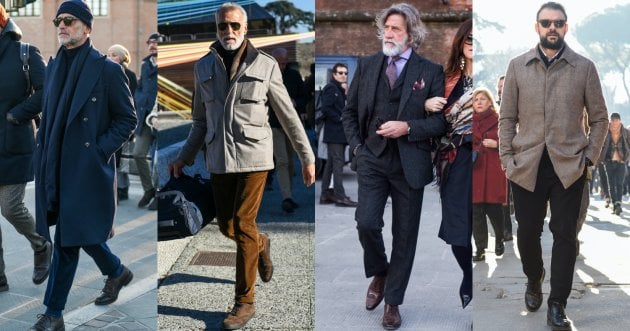
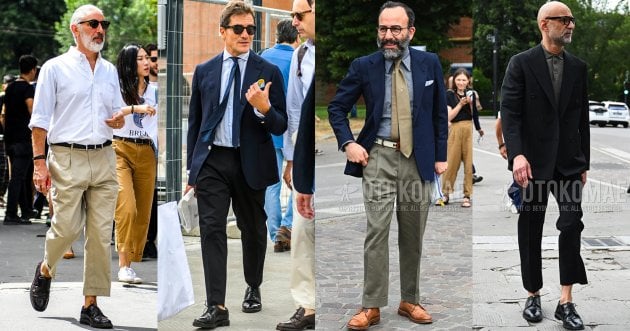
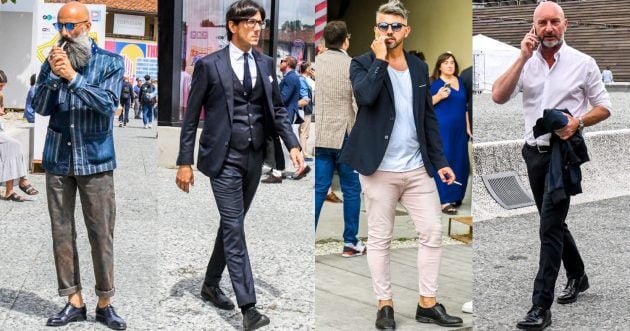
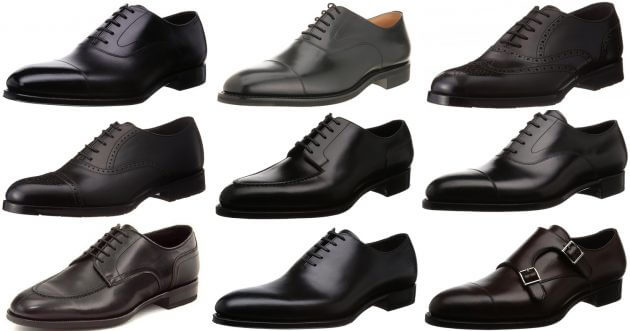
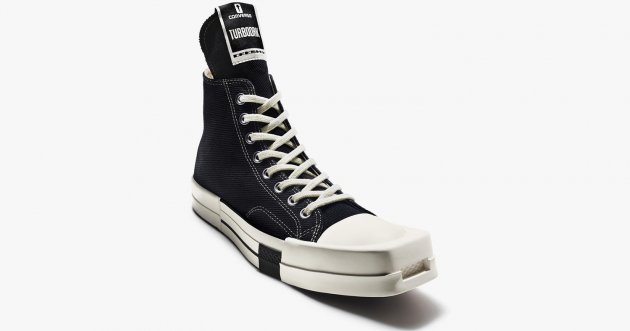
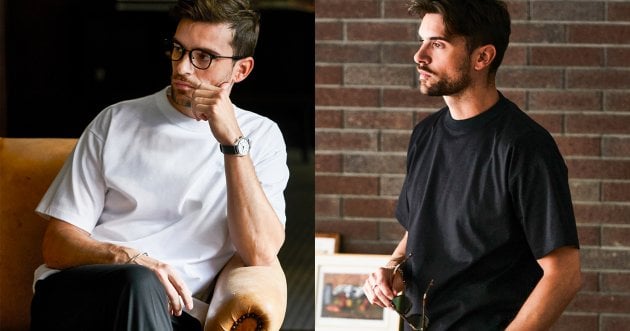
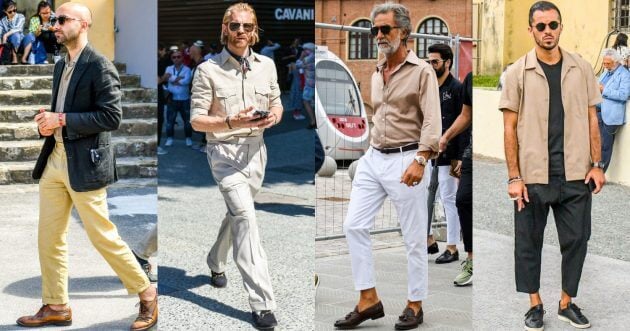
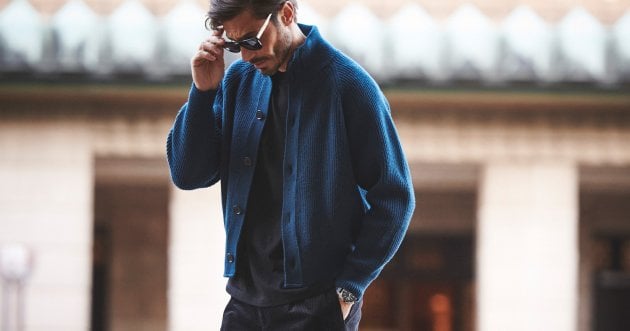
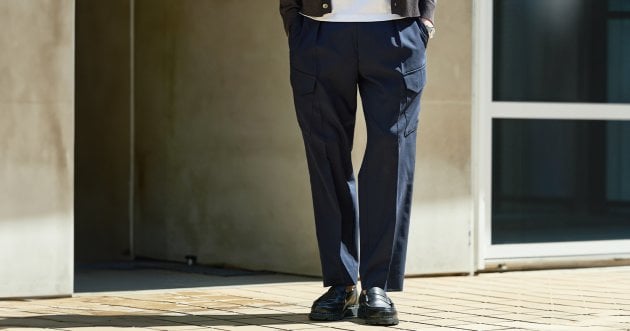
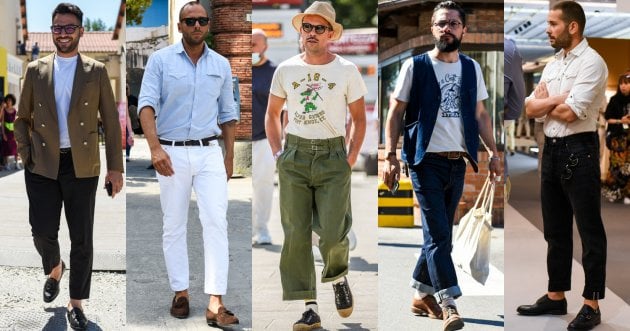
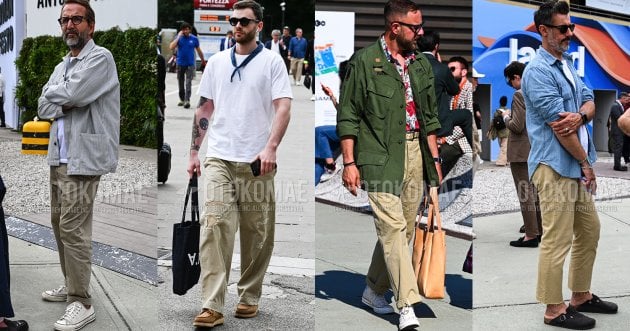






![A roundup of the 65 most popular brands of jeans [ 2024 Denim Latest ].](https://otokomaeken.com/wp-content/uploads/2015/04/777f096a10d40de2a7037fce7da8f708-115x60.jpg)


